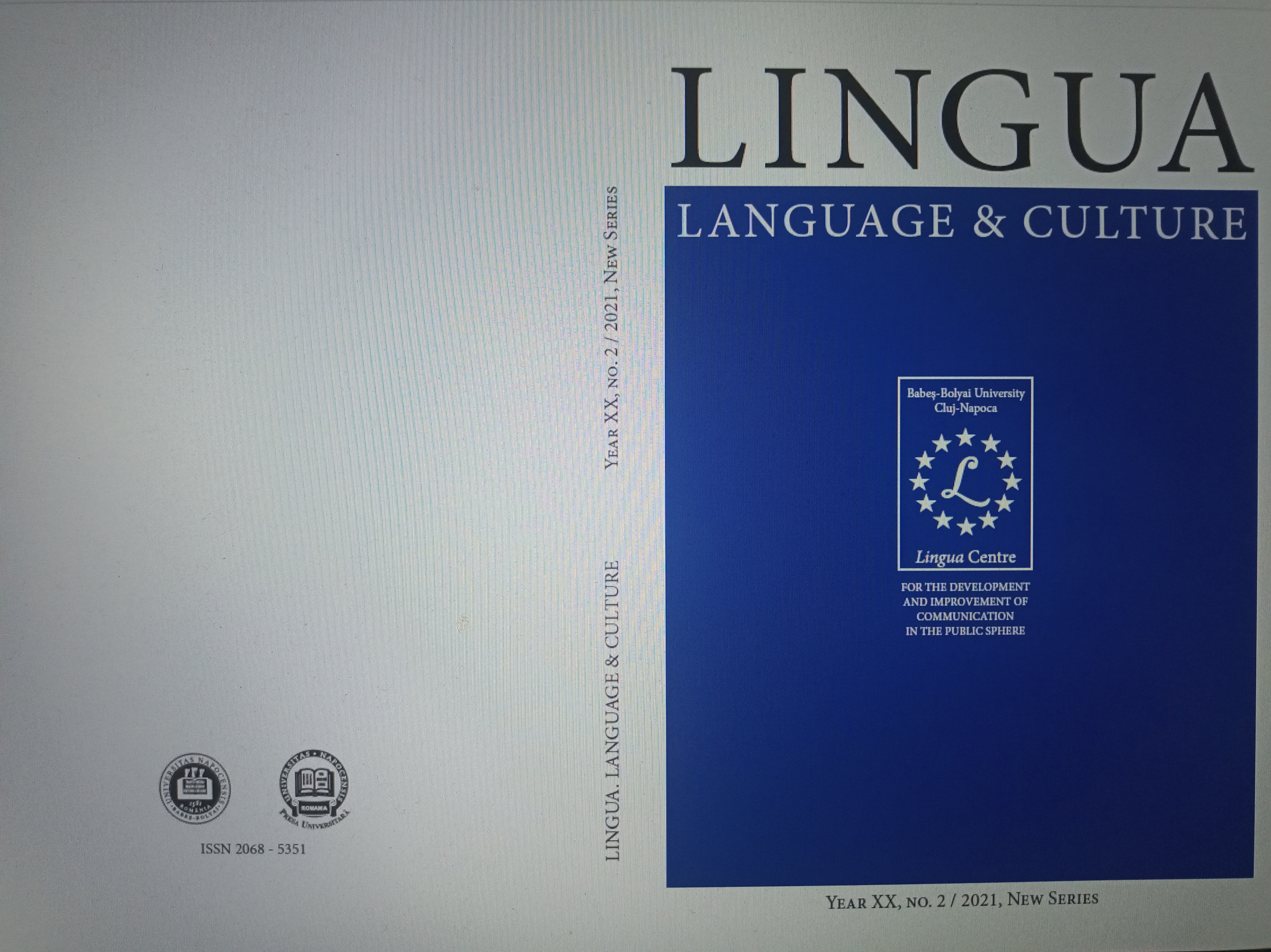Junji Ito's contemporary visual adaptation of Mary Shelley's Frankenstein. A comparative study
Junji Ito's contemporary visual adaptation of Mary Shelley's Frankenstein. A comparative study
Author(s): Diana-Nathalie Ember, Georgiana Lavinia TarSubject(s): Language and Literature Studies, Fine Arts / Performing Arts, Visual Arts, Studies of Literature, British Literature
Published by: Universitatea »Babes Bolyai« Cluj - Facultatea de St. Economice si Gestiunea Afacerilor
Keywords: Gothic novel; visual storytelling; manga; Japanese adaptation;
Summary/Abstract: The article's main aim is to discuss the adaptation of Frankenstein by Junji Ito, through the approach that focuses on contemporary Japanese visual popular culture (Norris 2009). Although Frankenstein was adapted through various media by the Western culture as well, the artistic value brought by the Japanese adaptation is not regarded as a mere derivative of the original novel, but of an actual "equal artistic status" (Pusztai, 2015), as the unique characteristics of the Junji Ito's adaptation and no other is the fact that his manga received the Eisner Award in 2019, under the category of "Best adaptation from another medium". The analysis of the mechanisms of Junji Ito's visual storytelling, as well its comparison with the imagery created in the novel by Mary Shelley is performed using Eisner's (1985) theory on comics and sequential art. Moreover, the current analysis may serve as a reference for future research and Japanese visual adaptations for various Western novels.
Journal: Lingua. Language and Culture
- Issue Year: XX/2021
- Issue No: 2
- Page Range: 247-259
- Page Count: 13
- Language: English

